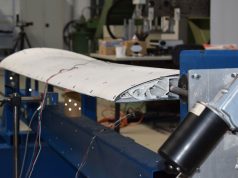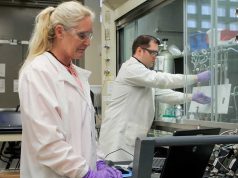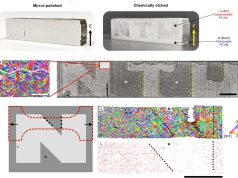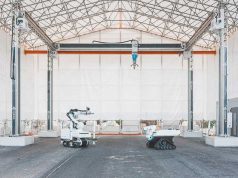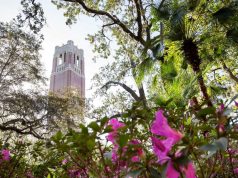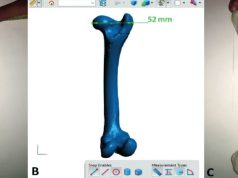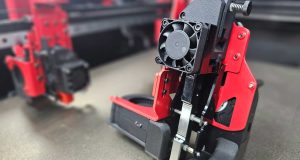According to a report published in The Journal of the American Osteopathic Association, riding a certain roller coasters could help small kidney stones to pass. A 3D printed kidney model helped researchers perform the study.
When a series of patients reported passing kidney stones after riding the Big Thunder Mountain Railroad roller coaster at Walt Disney World in Orlando, a study was initiated by Dr. David D. Wartinger, Professor of Urology at the Michigan State University College of Osteopathic Medicine. In one case, a patient said he passed one kidney stone after each of three consecutive rides on the roller coaster.
The researchers 3D printed a clear silicone anatomical model of that patient’s kidney and filled is with urine and three differently sized kidney stones. The purpose of this initial study was to validate the effectiveness of the model and support the case for further research.
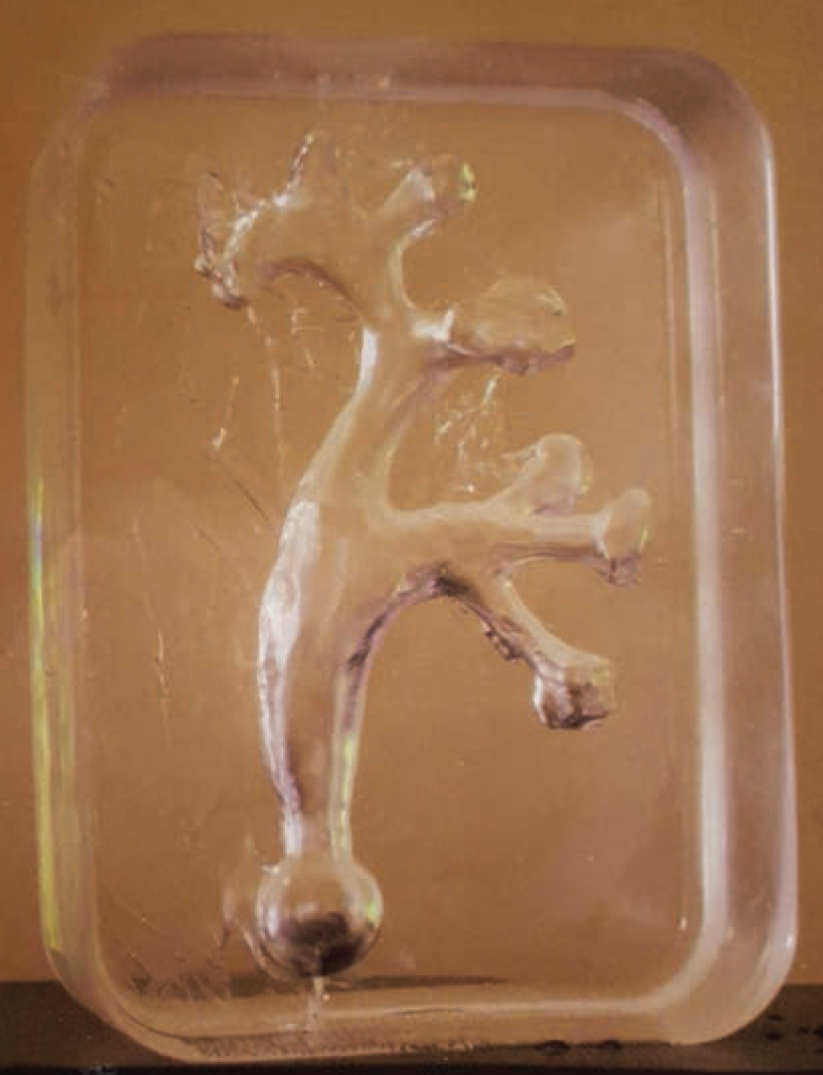
“Preliminary study findings support the anecdotal evidence that a ride on a moderate-intensity roller coaster could benefit some patients with small kidney stones,” Dr. Wartinger said. “Passing a kidney stone before it reaches an obstructive size can prevent surgeries and emergency room visits. Roller coaster riding after treatments like lithotripsy and before planned pregnancies may prevent stone enlargement and the complications of ureteral obstruction.”
The 3D printed kidney model was placed in a backpack during 20 rides on the Big Thunder Mountain Railroad roller coaster. Researchers then analysed the combined total of 60 outcomes to determine how the variables of kidney stone volume, location in the kidney and position of the model on the roller coaster impacted the passage of the stones. Independent of kidney stone volume and location, findings showed sitting in the back of the roller coaster resulted in a passage rate of 63.89%. Front seat rides resulted in a passage rate of 16.67%.
More than 300,000 patients in the United States seek emergency care for kidney stones each year, with the costs of treating kidney stones estimated at $2.1 billion. Approximately 11 percent of men and six percent of women will experience a kidney stone in their lifetime.
“The osteopathic philosophy of medicine emphasizes prevention and the body’s natural ability to heal. What could be more osteopathic than finding a relatively low-cost, non-invasive treatment that could prevent suffering for hundreds of thousands of patients? ” Dr. Wartinger said.
Subscribe to our Newsletter
3DPResso is a weekly newsletter that links to the most exciting global stories from the 3D printing and additive manufacturing industry.







